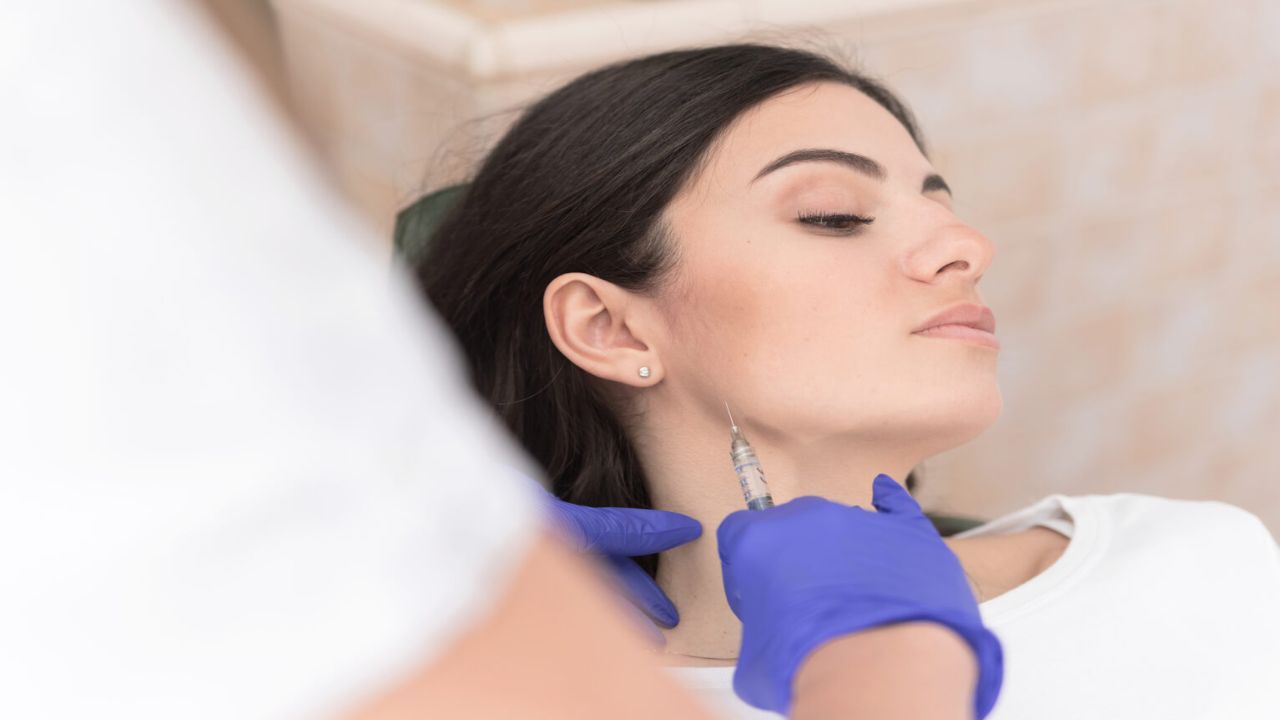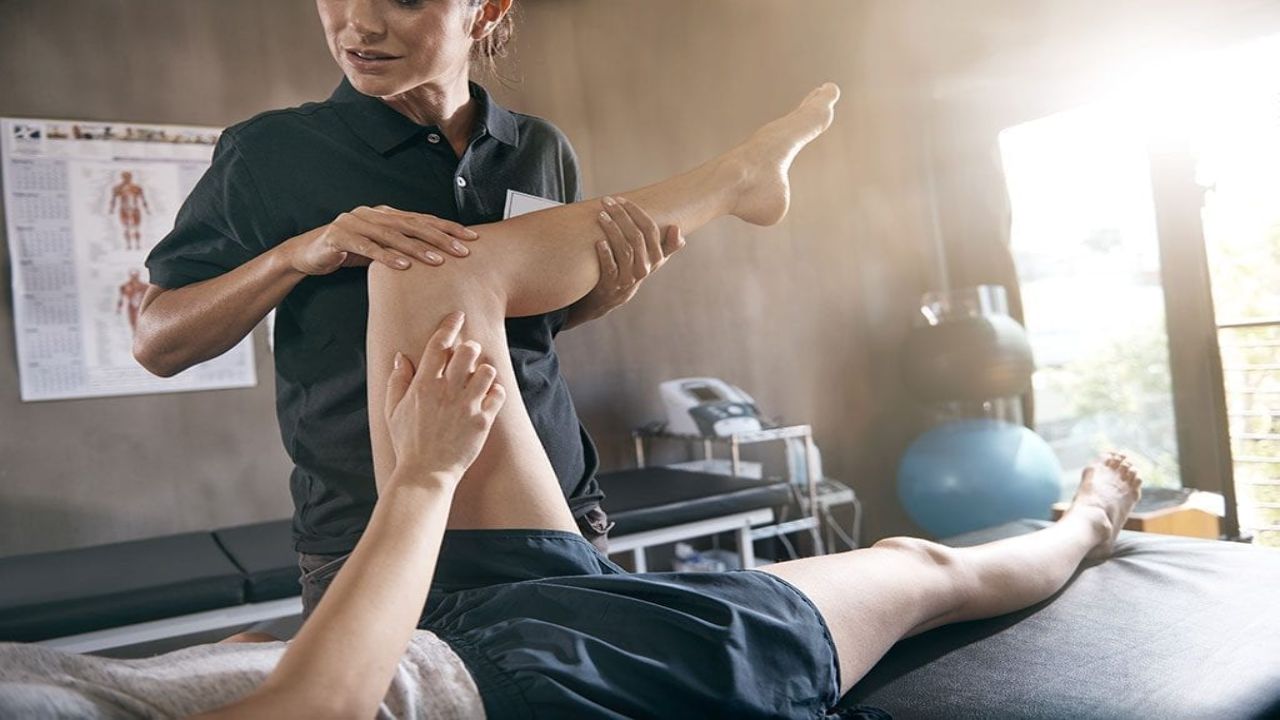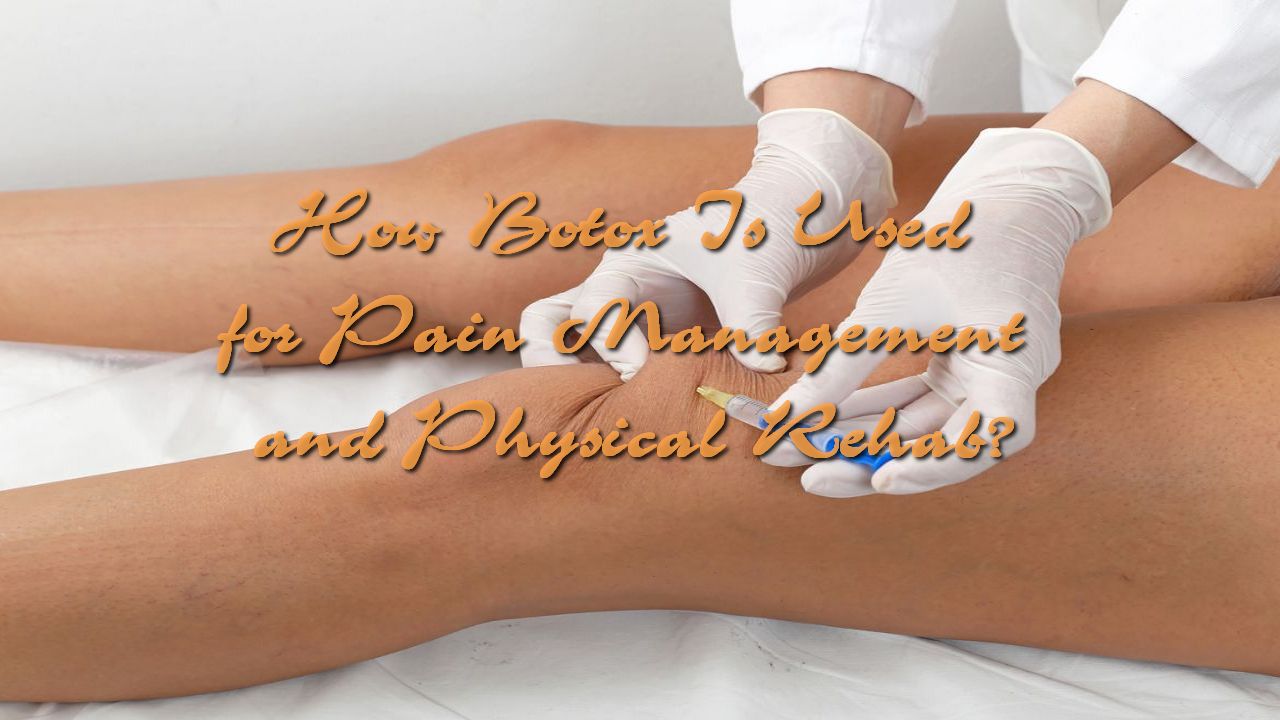Pain management and physical rehabilitation are critical aspects of healthcare, particularly for individuals grappling with chronic pain or recovering from injuries. In recent years, there has been growing interest and research into alternative methods to alleviate pain and enhance rehabilitation outcomes. One such method that has gained significant attention is the use of Botox treatment. However, beyond its cosmetic benefits, Botox, or botulinum toxin, has emerged as a valuable tool in the realm of pain management and physical rehab.
More than Just a Cosmetic Solution

Initially introduced for its cosmetic properties in reducing wrinkles and fine lines, Botox works by blocking nerve signals in muscles, leading to temporary muscle paralysis. This mechanism is what makes it effective in addressing various medical conditions, including chronic pain and muscle spasms. By inhibiting muscle contractions, Botox can provide relief from pain associated with conditions such as migraines, cervical dystonia, and spasticity caused by neurological disorders like cerebral palsy or multiple sclerosis.
The Role of Botox Injections
Chronic pain can significantly impact an individual’s quality of life, often requiring a multidisciplinary approach for effective management. While traditional pain management techniques such as medication and physical therapy remain staples, Botox injections offer a complementary option for those seeking relief. In conditions like chronic migraines, Botox injections administered every few months have been shown to reduce the frequency and severity of headaches, providing much-needed respite for patients who have exhausted other treatment avenues.
Integrating Botox into Physical Therapy

Physical rehabilitation aims to restore function and mobility following injury or illness. In cases where muscle spasticity or tightness hinders progress, Botox injections can play a crucial role. By targeting specific muscles contributing to spasticity, Botox helps loosen tightness, allowing for more effective stretching and strengthening exercises during physical therapy sessions. This targeted approach not only facilitates better movement but also minimizes discomfort, enabling patients to engage more fully in their rehabilitation process.
Personalizing Botox Therapy for Optimal Results
As with any medical intervention, the effectiveness of Botox therapy in pain management and rehabilitation hinges on personalized treatment plans. Healthcare providers assess each patient’s unique needs and goals to determine the most appropriate dosage, injection sites, and frequency of Botox injections. Close monitoring and regular follow-ups are essential to evaluate response to treatment and make any necessary adjustments. By tailoring therapy to individual requirements, healthcare professionals can optimize outcomes and improve patient satisfaction.
Expanding the Scope of Botox Therapy
The utilization of Botox in pain management and physical rehabilitation continues to evolve, with ongoing research exploring its potential applications and refining treatment protocols. Beyond its current indications, researchers are investigating the efficacy of Botox in addressing conditions such as chronic pelvic pain, plantar fasciitis, and even post-stroke rehabilitation. As our understanding of Botox’s mechanisms and therapeutic benefits deepens, it holds promise for expanding treatment options and improving outcomes for individuals grappling with various pain-related and mobility issues.
In conclusion, Botox represents a versatile tool in the realm of pain management and physical rehabilitation, offering targeted relief and enhancing functional outcomes for patients. By leveraging its muscle-relaxing properties, healthcare providers can customize treatment plans to address individual needs effectively. As research progresses and clinical experience grows, Botox therapy is poised to play an increasingly integral role in holistic patient care, providing hope and relief to those navigating the challenges of chronic pain and physical limitations.
